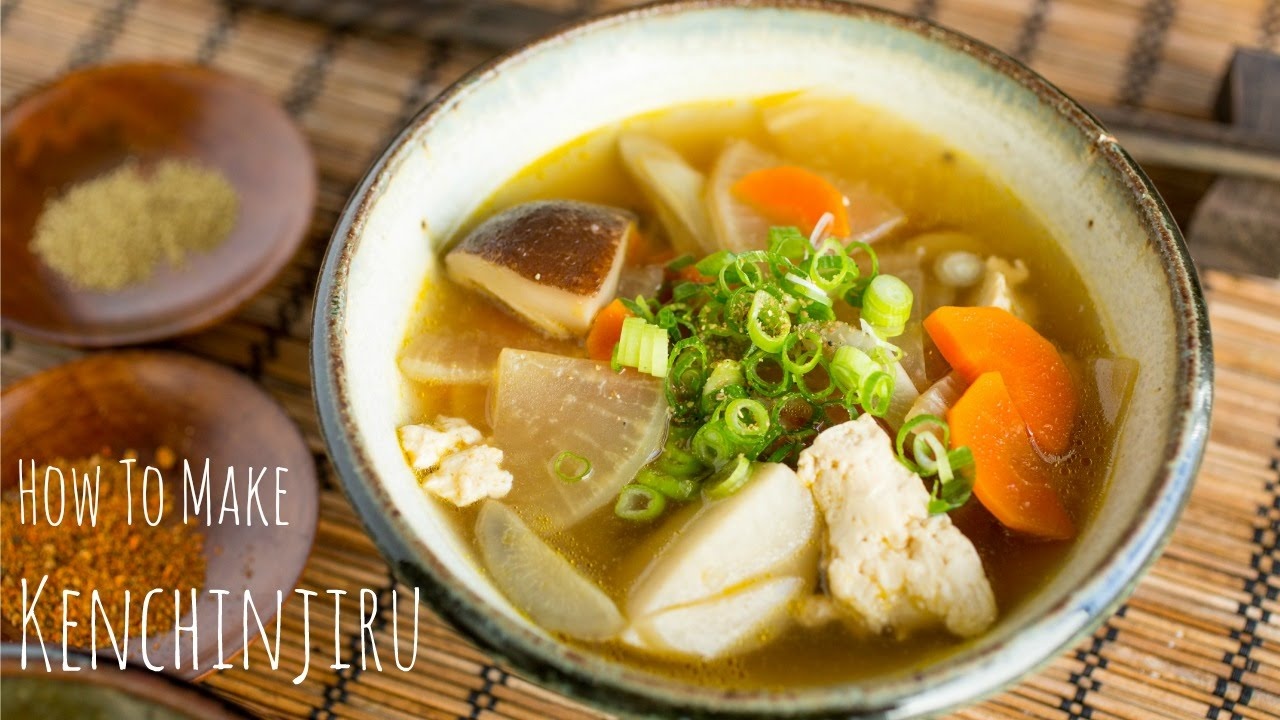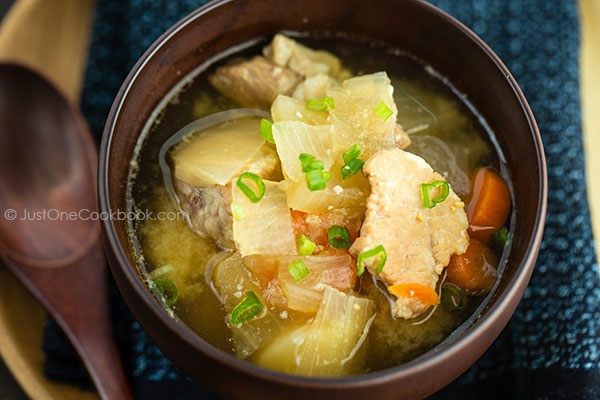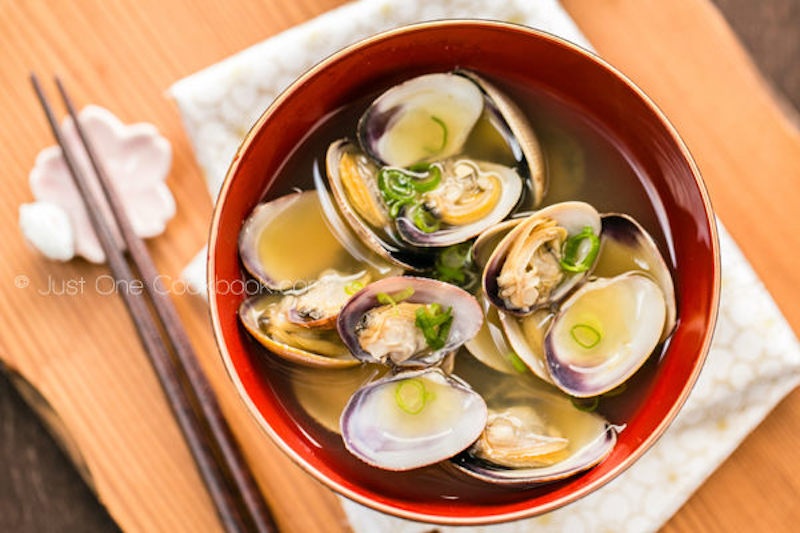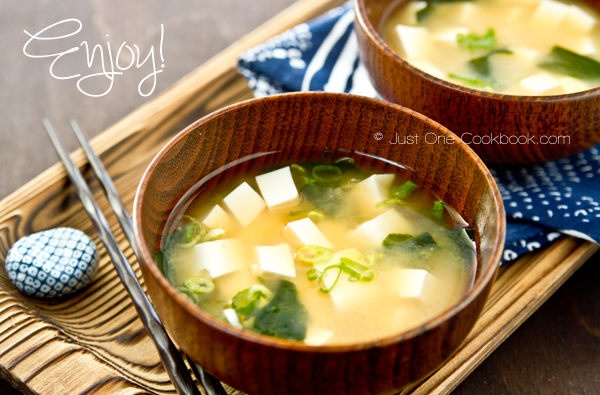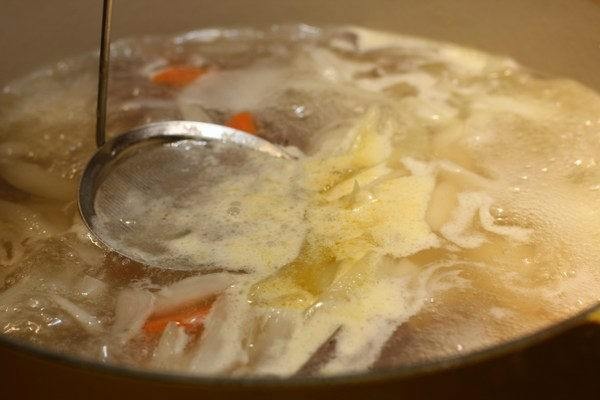How to Make 4 Traditional Japanese Soups
Part of the foundation of a traditional ichiju-sansai meal is the bowl of soup (ichiju means one soup, after all!). Miso soup is a common option, but not the only one. And thanks to Just One Cookbook, we've got an excellent selection you can make right at home!
By Just One Cookbook4. Tonjiru (Pork & Vegetable Soup)
Tonjiru, with ton meaning pork and jiru meaning soup, is not seen as often as miso soup, but it's still quite popular soup among Japanese people. It's prepared with root vegetables such as gobo (burdock root), carrots and daikon (Japanese radish) in a pork-based soup stock. And because it's heavy with ingredients, this soup has lots of flavor and makes for a very wholesome addition to your meal. For a complete and delicious tonjiru recipe, visit Just One Cookbook below!
3. Asari Miso Soup (Clam Soup)
To prepare asari (clam) miso soup, you're probably better off to use kombu (kelp) dashi instead of regular dashi stock. The aroma and distinctive taste of clam stock harmonizes well with kombu, pleasing your senses with a savory, by-the-sea experience. To bring the beach to your home and into your heart, learn how to prepare asari miso soup by visiting Just One Cookbook below!
2. Kenchinjiru (Root Vegetable & Tofu Soup)
https://www.youtube.com/watch?v=M1uP4rJBsDE
The word "Kenchin" was adapted from Kencho, the name of a Zen Buddhist temple (Kencho-ji) located in Kamakura. Jiru, meanwhile, simply means soup. Kenchinjiru was originally an element of shojin ryori, traditional Buddhist temple cuisine that was centered around vegetarian or vegan principles. In this case, dashi stock isn't used to flavor the soup, but instead only kombu (kelp) and shiitake mushrooms. Filled out with daikon, carrots, konnyaku, tofu, taro root, burdock root and green onions, it's quite a hearty dish!
1. Miso Soup
Miso soup is probably the most recognized of all Japanese traditional soups. It's prepared using either red miso, white miso or awase (mixed) miso paste and dashi, which can be bought at any local supermarket, or you can prepare your own using just a handful of ingredients.
Simple, delicate in texture and satisfying to the body, why wouldn't you make miso soup? Visit Just One Cookbook for the recipe and some helpful tips on making the perfect bowl!
Tip: How to Skim the Scum from Soups & Stocks
When soups and stocks are about to boil, proteins start to congeal and create a kind of whitish or brownish foam that rises to the surface. You need to remove this foam as quickly as possible before the liquid boils and mixes the scum with the soup or stock. It's extra work, but if you want to create a nice and clean soup or stock, it's definitely worth it! Find out how Nami does it below!


